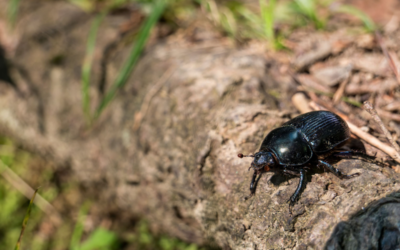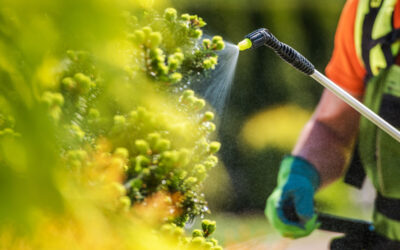Time was the smell of leaves burning was a sure sign of fall. While it was bad for the environment—and the occasional house or garage—the smoky aroma ranked right up with pumpkin pie and warm cider as a favorite seasonal scent until the practice was largely banned.
Today that aroma has been replaced by the ear-splitting sound of leaf blowers gathering leaves in a pile to be bagged and left out with the trash. And while that may be marginally better for the environment, there are far more productive ways to put your fall leaves to a use than slowly decomposing in a landfill.
Here are some alternatives:
Mulch the Leaves in Place
Most lawnmowers will do a good job of shredding fallen leaves along with grass clippings. And if you mow several times in the fall before the leaf clutter gets unmanageable, the leaf fragments will blend into your lawn, leaving a fresh-mown look as the leaf bits decompose and add nutrients to the soil.
Just leave the bag off the mower and it will scatter the leaf matter around for you, leaving you with little or no touch-up needed for even distribution.
Use Shredded Leaves and Grass Clippings as Mulch or Compost
If you prefer a leaf-free yard (or your HOA insists on it), you can still grind up the leaves, bag them, and scatter them in garden beds. They can also be used to mulch around trees, especially newly-planted trees. Just be sure to leave a couple of inches between the mulch and trunk to avoid disease and pests migrating onto your tree.
You can leave the leaf mulch in place to decompose or add it to a compost pile for use in spring planting.
Leave the Leaves
In their natural settings, fallen leaves insulate tree roots, trap moisture, and add nutrients to the soil as they decompose. They also provide food and shelter for many small animals. According to the National Wildlife Federation, a leaf layer several inches deep is a natural ecosystem that supports creatures like chipmunks, turtles, toads, and earthworms along with many insect species. Those include butterfly and moth caterpillars that are an important food source for birds when their young hatch in the spring.
Just don’t let the leaf layer get more than a few inches deep to keep it from compacting and depriving the grass under it from getting the sunlight and air circulation it needs to stay healthy. If the leafy look isn’t what you (or your HOA) want, you can still gather them in garden beds in thick layers and get the same benefits on a smaller scale.
Choose these alternatives to disposing of your fall leaves and you’ll not only have a more environmentally-friendly landscape, you’ll have more time to enjoy Colorado’s beautiful fall weather and activities.
Donovan Arborists offers seasonal tree trimming and landscape management services in the Denver area. If you don’t need the by-products for your own landscape, we’ll remove and recycle them for use elsewhere. We’re happy to give free estimates to homeowners and property managers for any services they may need.




